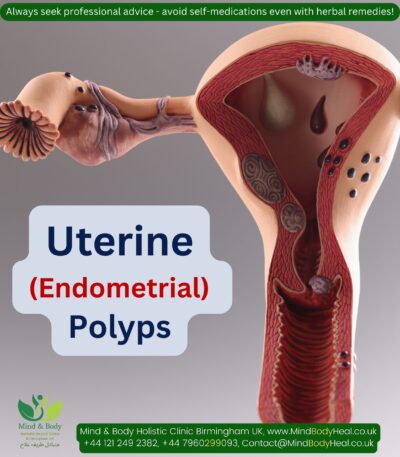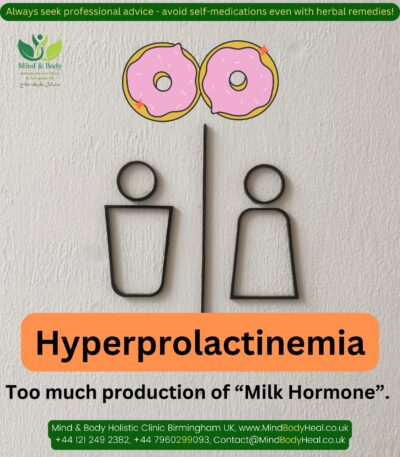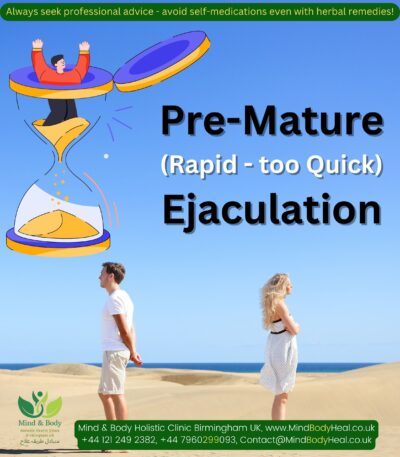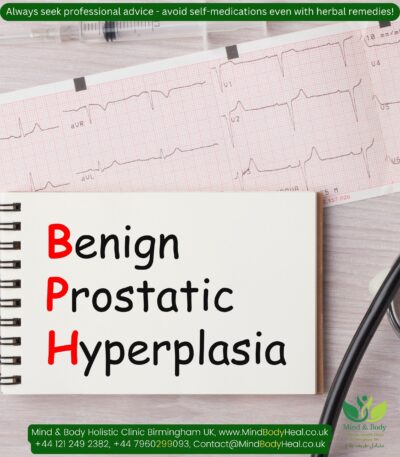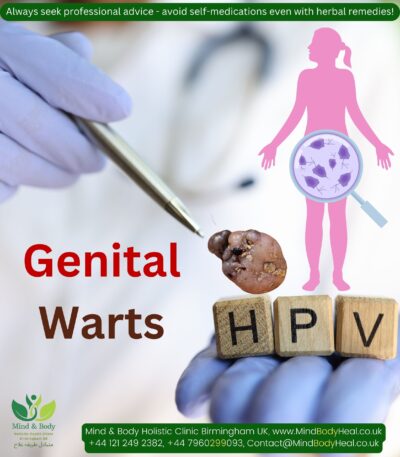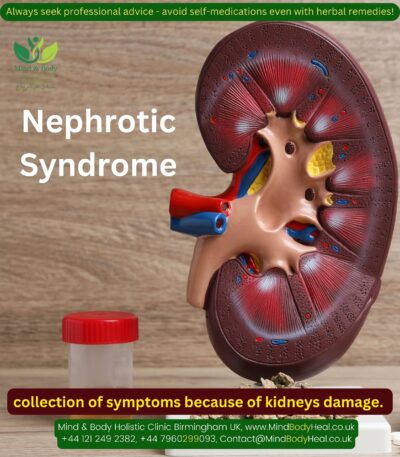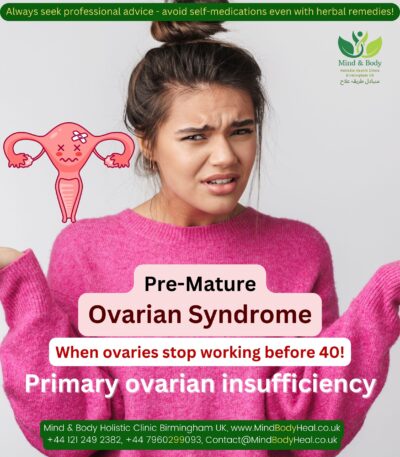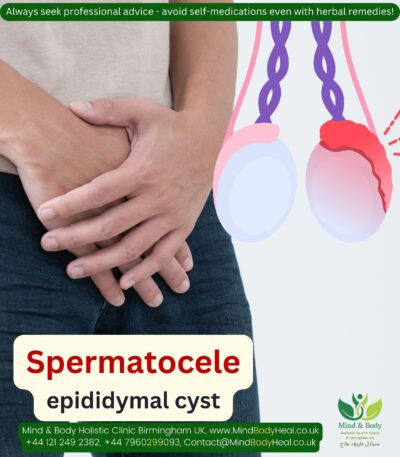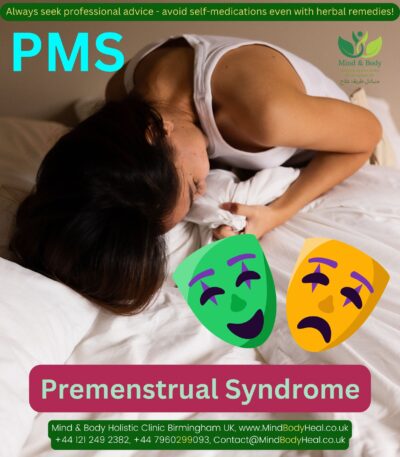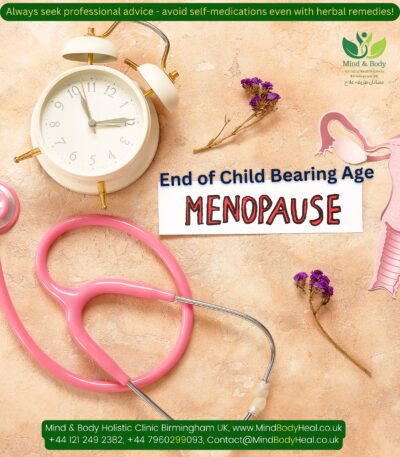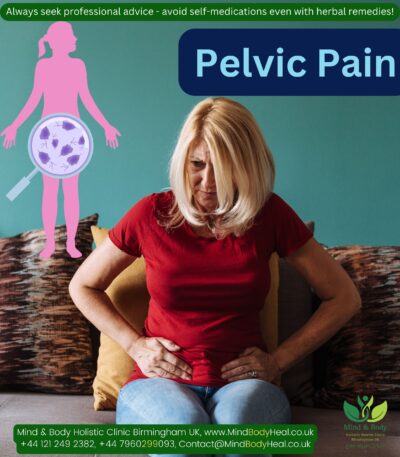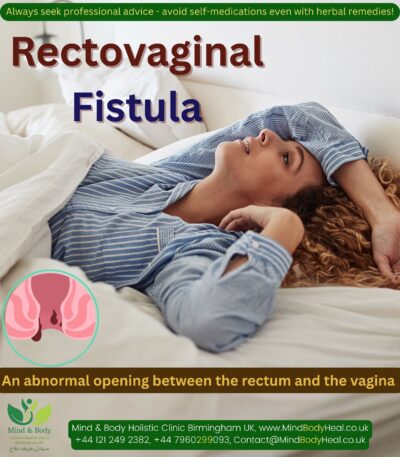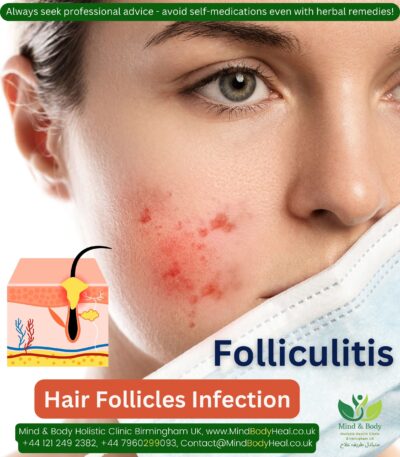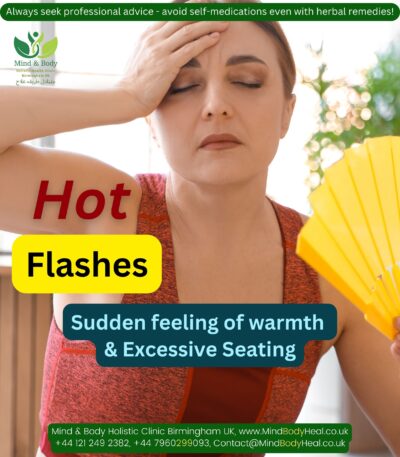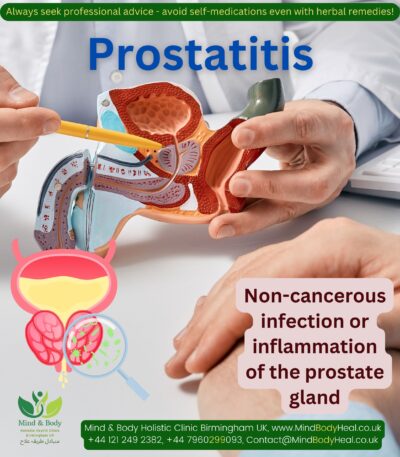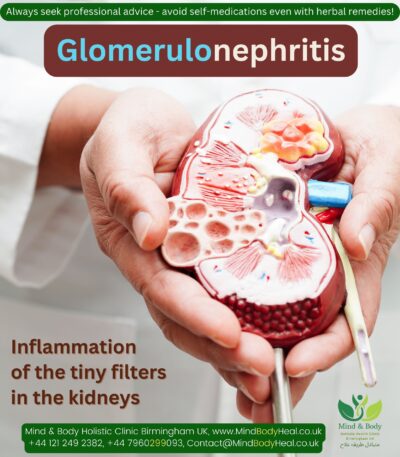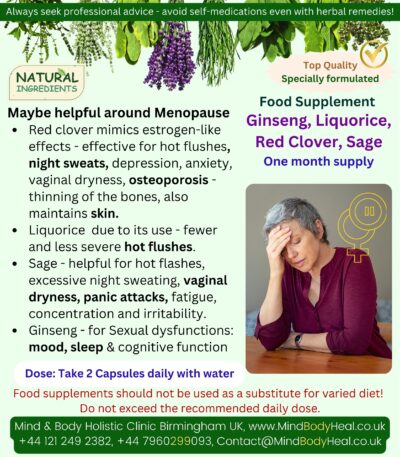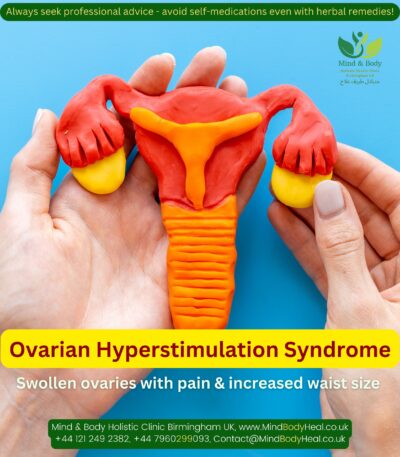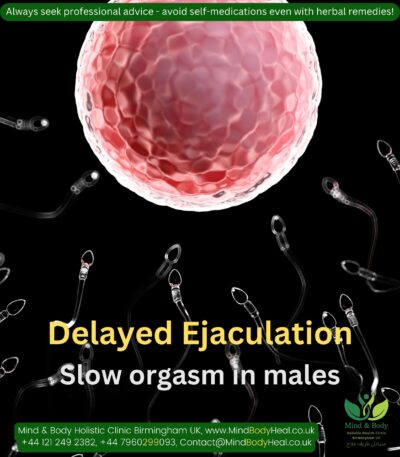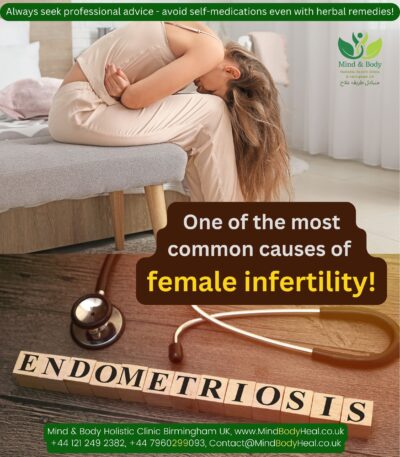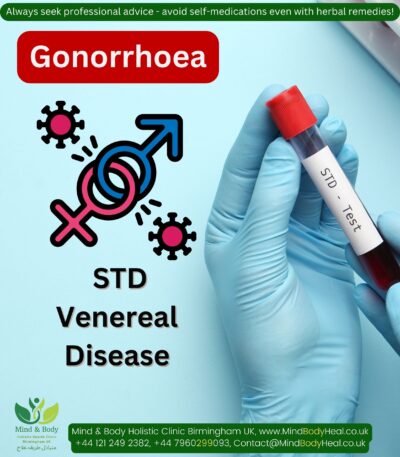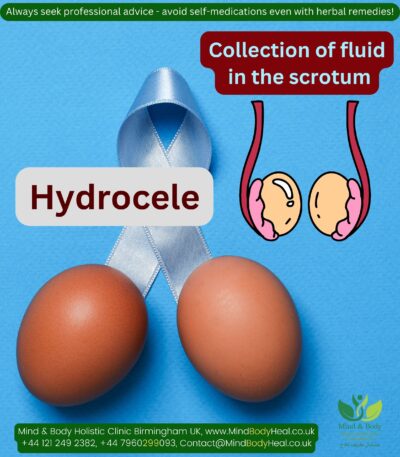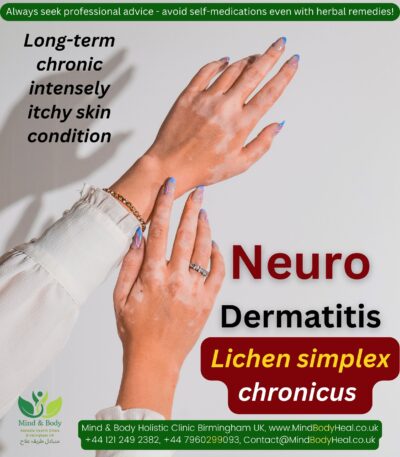Menorrhagia – prolonged or profuse menstruation may occur twice or thrice in the same month (polymenorrhagia).
It is a term to describe heavy and / or prolonged periods. The menstrual cycle remains unaltered but duration and quantity of menstrual loss is increased.
One of the most common female disorders aged 30–49 years and about one-third seek treatment for it.
Some women have such irregular menstrual bleeding between periods, or earlier or later in their cycles than expected.
Average blood loss during menstruation is about 2–3 tablespoons, equating to 30–45 millilitres, over 4–5 days and occurs every 21 to 35 days.
Abnormal uterine bleeding is when one bleeds outside of the normal monthly periods i.e. more than 7 days or between monthly periods, prolonged or sometimes extremely heavy period, that make it harder to do their usual activities.
A female with menorrhagia may experience bleeding lasts longer than 7 days or heavy bleeding that causes them to soak through one or more tampons or pads every hour for several hours.
Signs and symptoms of menorrhagia may include:
- Severe menstrual and abdominal pain, bloating or cramps (dysmenorrhea), throughout at other times of the cycle.
- Soaking through one or more sanitary pads or tampons every hour for several hours in a row.
- Needing double sanitary protection to control your menstrual flow.
- Getting up at night to change sanitary pads or tampons.
- Bleeding for more than a week.
- Passing blood clots larger than a quarter.
- Symptoms of iron deficiency anaemia, such as pale skin, weakness, tiredness, fatigue or shortness of breath as the result of blood loss.
- Periods that occur less than 28 days apart or menstrual cycle is shorter than 21 days, or more than 35 days apart.
- Women of menopausal age experience heavy bleeding known as flooding.
- Bleeding after sexual embrace.
- Mood swings
- Tenderness, pain and dryness of the vagina.
- Time between periods changes each month
Underlying causes of menorrhagia may include:
50% of women with menorrhagia, no underlying cause is found – called dysfunctional uterine bleeding.
Common Causes and Risk factors:
- Heavy uterine bleeding in adolescent girls is typically due to anovulation cycles – when ovaries don’t ovulate (release an egg), especially prone to the first year after their first menstrual period (menarche).
- Women who started with their menstruation at a young age may be at higher risk of menorrhagia.
- Women in their teens, 20s, and 30s – quite common for teenagers who have just started getting their periods. This can cause “spotting” between your periods.
- It has been observed that taller women may have a higher risk of menorrhagia.
- After delivery, the risk may also increase.
- Menorrhagia in older reproductive-age women or around menopause is typically due to uterine pathology, including fibroids, polyps and adenomyosis, when they don’t ovulate.
- HRT’s – Hormone replacement therapy is a common cause of uterine bleeding after menopause.
- Emotional or physical stress – psychological problems which are making patient think she is bleeding heavily.
- Weak constitutions
- Vaginal and cervical lesions (benign or cancerous), endometriosis, endometrial adhesions
- Hormonal imbalance causing Irregular ovulation: common during puberty and perimenopause. It can sometimes occur due to weight loss, stress or certain medical conditions, including polycystic ovary syndrome (PCOS), obesity, insulin resistance etc.
- Dysfunction of the ovaries. If your ovaries don’t release an egg during a menstrual cycle, your body doesn’t produce the hormone progesterone, as it would during a normal menstrual cycle.
- PID’s – Pelvic inflammatory disease – inflammation or infection of the reproductive organs – uterus or cervix etc., often results from untreated sexually transmitted diseases – STD’s
- Weaker muscles in the uterus when they are not doing their job as they should.
- Use of Intrauterine birth control device (IUD)
- Pregnancy-related complications such as miscarriage, abortion or an ectopic pregnancy.
- Cancer e.g., Uterine, cervical, and ovarian cancers etc.
- Congenital or Inherited disorders like platelet function disorders or Von Willebrand’s disease a condition in which an important blood-clotting factor is deficient or impaired.
- Use of Certain anti-inflammatory, anticoagulant, hormonal regulating or chemotherapy drugs.
- Bleeding disorders (blood clotting disorders)
- Pituitary disorders
- Thickening of the uterine wall or lining
- Excessive weight gain or loss
Systemic diseases and disorders, such as:
- Coagulation disorders
- Hypertension
- Thyroid disorders
- Thrombocytopenia purpura
- Retroversion of uterus
- Diabetes mellitus
- Liver or kidney disease.
Further complications if left untreated:
- Infertility – difficulty conception
- Iron deficiency anaemia
- Alopecia – hair thinning
- Cancer of endometrium
- Hypotension, shock, and even death.
Natural remedies that might help
- Eat plenty fresh fruit and vegetables
- Nuts, soy, and flaxseed contain phytoestrogens and essential fatty acids which may reduce blood flow.
- Brewer’s yeast, wheat germ, apricots, raisins, beans and cooked spinach are all excellent sources of iron.
- Limit dairy products and animal fat
- Reduce or eliminate sugar
- Limit or avoid alcohol and caffeine intake
- Avoid processed food
- Avoid artificial sweeteners and preservatives
- Hydrate – Drinking 4 to 6 extra cups of water each day can help to maintain your blood volume. Drink an electrolyte solution or add more salt to your diet to balance out the extra fluid you’re drinking.
- Eat vitamin C-rich foods help your body absorb iron, which can help prevent anaemia. Include more:
- Citrus fruits like oranges and grapefruits.
- Red and green peppers
- Kiwis
- Strawberries
- Brussels sprouts
- Broccoli
- Tomato juice
Add more iron-rich foods
- Eat foods high in iron like:
- Lean Beef
- Oysters
- Chicken And Turkey
- Beans
- Tofu
- Spinach
FREE Shipping included – Usually dispatched within 1 – 2 working days!
Are you concerned about your health or managing a recurring or chronic condition?
Our website provides informed guidance and initial supportive care for individuals who are finding it difficult to access their doctors or who have not experienced desired improvement with conventional options.
We help individuals explore a range of natural and holistic healing approaches to encourage balance and long-term wellness that may complement your healing journey.
We offer a ready-to-use complementary remedies kit designed to ease discomfort and support well-being, with clear instructions for each item.
The kit includes a personalised selection of remedies based on your signs, symptoms, and likely causative factors.
It may combine homeopathic medicines, herbal or daily supplements, a tailored diet plan, lifestyle guidance, practical tips, and topical applications where needed. It’s suitable if you value the healing potential of natural, holistic remedies.
Complementary remedies work best alongside standard medical treatments and can usually be taken safely with your regular medications.
Our homeopathic remedies follow Dr. Hahnemann’s traditional dilution and succussion methods and are prepared by a qualified naturopathic practitioner, supported by research, clinical experience, and observed outcomes in similar cases. Treatment duration can range from a few weeks to several months, depending on severity and chronicity. Outcomes vary with individual factors and case complexity.
If you prefer lactose pills instead of sucrose globules, let us know. Please also provide the patient’s age so we can supply appropriately sized pills. You can simply send this via WhatsApp at 07960 299 093.
These remedies may contain trace amounts of natural plant, mineral, or animal substances, preserved in medical-grade alcohol. Inform us of any allergies or dietary restrictions before purchase.
You may contact us before starting or book a detailed consultation (in person or via teleconsultation) with one of our experienced naturopath for your detailed assessment or personalized guidance.
Natural remedies can affect the body and may not suit everyone. At the start of treatment, some patients—especially with mental health or skin issues—may experience a temporary increase in symptoms. This may represent medicinal aggravation, indicating the body is responding, though symptoms may not be connected and simply coincidental. If they persist, contact us for support.
Why some patients choose natural, complementary or holistic remedies:
• Symptomatic relief and improved well-being
• Gentle options with fewer side effects
• Whole-person focus, addressing physical, emotional, and lifestyle factors
• Root-cause and preventive emphasis
• Encouragement of active self-care
• Support alongside conventional treatment
• Personalised and accessible care
Precautions:
• Inform your healthcare provider about any complementary therapies
• Some herbs or supplements may interact with conventional medications
• Do not replace conventional treatment for serious, chronic, or terminal conditions
These complementary remedy kits are provided for your own discretion and personal responsibility. Use them mindfully and avoid self-medicating in sensitive situations.
If you are looking for a specific remedy / kit not listed on our site or a customized formulation, contact us—our range is extensive and can be tailored to your physical and mental symptoms and causative factors.
Disclaimer:
Natural remedies—including homeopathic remedies, herbal supplements, and aromatherapy products—are generally safe for most people, including children and older adults. Still, consult your GP or healthcare provider before use, especially if pregnant, breastfeeding, or managing chronic or serious conditions.
- Our remedies support general wellness and are not a substitute for medical advice.
- Review product details and make informed decisions before purchasing, particularly for ongoing or serious concerns.
- We provide general guidance only; detailed personalised consultations are not available through this platform.
- These remedies are intended for individuals able to follow instructions independently.
- Our support focuses on product use and general information; repeated or highly detailed personal queries may not receive individual responses.
- If you need frequent reassurance or highly tailored advice, please consult a qualified naturopath or healthcare provider before purchasing.
Due to strict UK regulations on the sale of medicinal products, we cannot give specific advice, without a face-to-face consultation.





